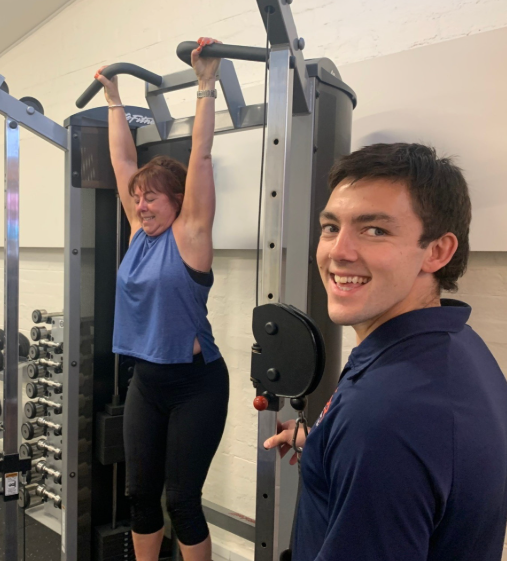When it comes to strength training, many focus on lifting heavier weights, following a strict workout routine, and maintaining a balanced diet. However, one often overlooked aspect of training is breathing. Proper breathing techniques are crucial for maximizing performance, preventing injuries, and ensuring overall effectiveness in your workouts.
In this post, we’ll dive into the role of breathing during strength training, explaining how it can help you lift more, stay safe, and get better results.
Why Breathing Matters in Strength Training
Breathing is essential for supplying oxygen to your muscles, which in turn fuels energy production during your workouts. Without proper oxygenation, your muscles can become fatigued more quickly, limiting your performance and potentially causing early burnout.
In addition to supporting muscle performance, correct breathing also stabilizes your core. A strong core is necessary to maintain balance, protect your spine, and optimize your lifting posture. Focusing on breathing can improve your overall strength and power output, allowing for better form and reducing the risk of injury.
How Breathing Affects Intra-Abdominal Pressure (IAP)
Intra-abdominal pressure refers to the pressure within the abdominal cavity that helps stabilize your spine during heavy lifting. This pressure is created when your core muscles contract and internal pressure builds in the abdomen.
Proper breathing techniques can have a significant impact on IAP. For instance, inhaling deeply before lifting increases IAP, giving you more core stability and spinal protection. Conversely, exhaling at the wrong time (such as during a lift) can reduce IAP, making your core less stable and increasing the risk of injury.
Key Breathing Techniques for Strength Training
Different types of exercises require different breathing techniques. Here are some of the most effective methods you can use during your training sessions:
- The Valsalva Maneuver: This technique involves taking a deep breath, holding it, and then lifting. It creates a significant rise in intra-abdominal pressure, offering strong support for your spine and core during compound lifts like squats, deadlifts, or bench presses.
- Exhaling During the Eccentric Phase: For exercises that involve both lifting and lowering a weight, such as bicep curls or bench presses, this technique involves holding your breath as you lift and exhaling slowly as you lower the weight. This method helps maintain stability while also ensuring that the lowering phase of the lift is controlled.
- Continuous Breathing: For exercises targeting smaller muscle groups, such as isolation movements for arms or shoulders, maintaining steady breathing throughout the set is key. Continuous breathing helps avoid unnecessary tension and ensures steady oxygen flow to your muscles.
The most important aspect of these techniques is consistency. Stick to one rhythm throughout your workout to maintain proper oxygen levels and core stability.
Frequently Asked Questions (FAQs)
1. Should I hold my breath when lifting heavy weights?
For compound exercises like squats, deadlifts, or bench presses, holding your breath with the Valsalva maneuver can help you stabilize your core and protect your spine. However, for isolation exercises, it’s best to breathe continuously to avoid unnecessary strain.
2. Can improper breathing cause injuries?
Yes, improper breathing can definitely contribute to injuries, especially in exercises that require core stability. Inadequate oxygen supply can also lead to fatigue and decreased performance, making it harder to maintain form.
3. How do I choose the best breathing technique for my workouts?
The technique depends on the exercise. For heavy lifts, consider the Valsalva maneuver, while for exercises with a controlled lowering phase, exhaling during the eccentric phase may be more effective. If you’re unsure, a trainer can guide you in choosing the right method.
4. Can proper breathing help me lift more weight?
Yes, by increasing intra-abdominal pressure through proper breathing, you can gain more core stability and support, which often allows you to lift heavier weights more safely.
5. How often should I focus on my breathing during my workout?
You should remain mindful of your breathing throughout your entire session. Staying consistent and focused on your breath will ensure that your muscles receive adequate oxygen and that your core remains stable during lifts.
In Conclusion
While breathing might seem like a minor detail in strength training, it plays a significant role in your performance and safety. By mastering breathing techniques, you can enhance intra-abdominal pressure, protect your spine, and lift more effectively. Focus on developing a breathing rhythm that complements your exercises, and you’ll notice improvements in your strength, form, and overall progress.
Remember, consistency is key, and proper breathing could be the game-changer you need to take your workouts to the next level.

Leave a Comment